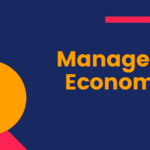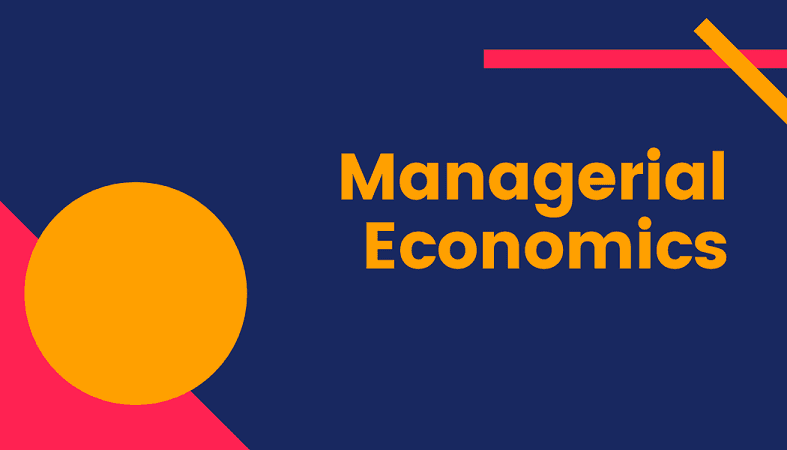Understanding Human Resource Management: A Comprehensive Overview
Human Resource Management (HRM) is a critical function within organizations that focuses on managing and developing the workforce. It involves recruiting, training, and retaining employees, as well as ensuring their well-being and aligning their goals with organizational objectives. HRM is integral to a company’s success, as it plays a vital role in fostering a productive and harmonious work environment.
Key Functions of Human Resource Management:
1. Recruitment and Selection
Recruitment and selection are the foundational processes in HRM, aiming to attract and hire the most qualified candidates for job openings. This involves:
- Job Analysis: Identifying the requirements and responsibilities of a position to create accurate job descriptions and specifications.
- Sourcing Candidates: Utilizing various methods such as job postings, recruitment agencies, and social media to find potential candidates.
- Selection Process: Conducting interviews, assessments, and background checks to evaluate and choose the best candidates for the job.
Effective recruitment and selection ensure that an organization has the right talent to achieve its goals and maintain a competitive edge.
2. Training and Development
Training and development are essential for enhancing employees’ skills, knowledge, and performance. This includes:
- Onboarding: Introducing new employees to the organization, its culture, and their specific roles and responsibilities.
- Skill Development: Providing training programs and workshops to improve job-specific skills and competencies.
- Career Development: Offering opportunities for employees to advance their careers through mentorship, coaching, and professional development courses.
Investing in training and development helps employees grow professionally and stay motivated, leading to increased productivity and job satisfaction.
3. Performance Management
Performance management involves evaluating and improving employee performance to ensure alignment with organizational objectives. Key components include:
- Performance Appraisals: Regular assessments of employee performance against established goals and standards.
- Feedback and Coaching: Providing constructive feedback and guidance to help employees improve their performance.
- Goal Setting: Collaborating with employees to set clear, achievable goals that align with the company’s objectives.
Effective performance management helps in identifying areas for improvement, recognizing achievements, and fostering a culture of continuous improvement.
4. Compensation and Benefits
Compensation and benefits are crucial for attracting and retaining talent. This function includes:
- Salary Administration: Determining fair and competitive salary structures based on market rates, job roles, and individual performance.
- Benefits Management: Administering employee benefits such as health insurance, retirement plans, and paid time off.
- Incentives: Implementing reward programs and bonuses to motivate and recognize high-performing employees.
A well-designed compensation and benefits package enhances employee satisfaction and helps in building a strong employer brand.
5. Employee Relations
Employee relations focus on maintaining a positive work environment and addressing any issues or conflicts that arise. This involves:
- Conflict Resolution: Managing and resolving disputes between employees or between employees and management.
- Employee Engagement: Developing initiatives and programs to increase employee engagement, morale, and job satisfaction.
- Workplace Culture: Promoting a positive and inclusive organizational culture that values diversity and fosters collaboration.
Strong employee relations contribute to a harmonious work environment and reduce turnover and absenteeism.
6. Compliance and Legal Issues
HRM ensures that the organization complies with employment laws and regulations. This includes:
- Employment Laws: Adhering to laws related to wages, working hours, health and safety, and discrimination.
- Policy Development: Creating and enforcing company policies and procedures that comply with legal requirements.
- Record Keeping: Maintaining accurate records related to employment, benefits, and training to ensure compliance and facilitate audits.
Compliance with legal standards helps avoid legal disputes and protects the organization from potential liabilities.
7. Health and Safety
Ensuring the health and safety of employees is a fundamental aspect of HRM. This involves:
- Workplace Safety: Implementing safety protocols and procedures to prevent accidents and injuries.
- Health Programs: Offering wellness programs and resources to support employees’ physical and mental health.
- Emergency Preparedness: Developing plans and training for handling emergencies and ensuring workplace safety.
A focus on health and safety contributes to a safe working environment and supports employee well-being.
The Strategic Role of HRM:
Beyond its traditional functions, HRM plays a strategic role in aligning human capital with organizational goals. This involves:
- Strategic Planning: Collaborating with senior management to develop and implement HR strategies that support the organization’s long-term objectives.
- Talent Management: Identifying and nurturing high-potential employees to build a strong leadership pipeline.
- Change Management: Supporting organizational change initiatives and helping employees navigate transitions effectively.
Strategic HRM enhances the organization’s ability to adapt to changes, innovate, and maintain a competitive advantage.
Conclusion:
Human Resource Management is a multifaceted discipline that encompasses various functions critical to an organization’s success. From recruiting and training to managing performance and ensuring compliance, HRM plays a vital role in creating a productive, engaged, and compliant workforce. By effectively managing human capital, organizations can achieve their strategic goals, foster a positive work environment, and drive long-term success.










